
Phan Vĩnh Thu nầComputer Network 1
Ch ng 6ươ
NGUYÊN LÝ C B N C A ETHERNETƠ Ả Ủ
(ETHERNET FUNDAMENTALS)

Phan Vĩnh Thu nầComputer Network 2
Overview
•Ethernet is now the dominant LAN
technology in the world. Ethernet is not one
technology but a family of LAN technologies
and may be best understood by using the
OSI reference model.

Phan Vĩnh Thu nầComputer Network 3
•All LANs must deal with the basic issue of
how individual stations (nodes) are named,
and Ethernet is no exception. Ethernet
specifications support different media,
bandwidths, and other Layer 1 and 2
variations. However, the basic frame
format and addressing scheme is the same
for all varieties of Ethernet.

Phan Vĩnh Thu nầComputer Network 4
•For multiple stations to access physical
media and other networking devices,
various media access control strategies
have been invented. Understanding how
network devices gain access to the network
media is essential for understanding and
troubleshooting the operation of the entire
network.

Phan Vĩnh Thu nầComputer Network 5
•Students completing this module should be
able to:
–Describe the basics of Ethernet
technology.
–Explain naming rules of Ethernet
technology.
–Define how Ethernet and the OSI model
interact.
–Describe the Ethernet framing process
and frame structure.
–List Ethernet frame field names and
purposes.

![Bài giảng Mạng máy tính Trường Đại học Kỹ thuật Công nghiệp [chuẩn nhất]](https://cdn.tailieu.vn/images/document/thumbnail/2025/20250107/nienniennhuy44/135x160/343545440.jpg)

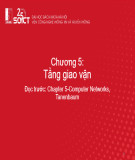


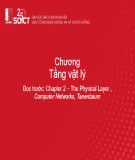











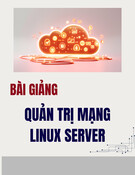
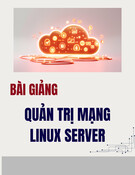

![Đề thi cuối kì Nhập môn Mạng máy tính: Tổng hợp [Năm]](https://cdn.tailieu.vn/images/document/thumbnail/2025/20251110/nminhthoi53@gmail.com/135x160/38281762757217.jpg)


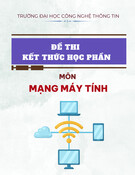
![Đề thi học kì 2 môn Nhập môn Mạng máy tính [kèm đáp án]](https://cdn.tailieu.vn/images/document/thumbnail/2025/20251014/lakim0906/135x160/23811760416180.jpg)
